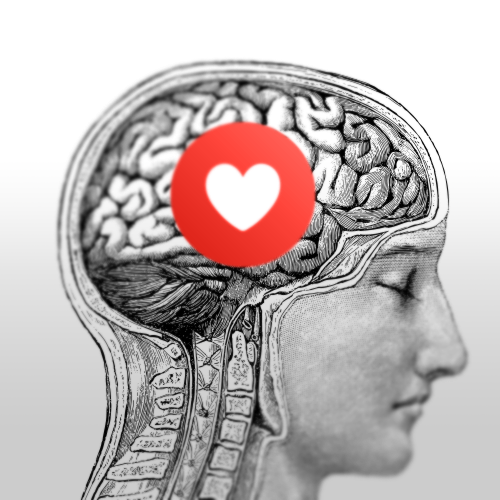The Psychology of Giving – Why You Can’t Resist Paying It Forward

You live in a web of indebtedness. As logical as you believe yourself to be, you will always feel the need to give back after receiving.
I live in this web, too. It makes sense why I decided to give $20 to a charity that will remain nameless after receiving a personalized postcard with a picture of a puppy that I swear was calling my name. It’s why, when we receive a gift, we want to give one back. When we receive personalized mail or emails, there is a biological drive for us to give back, and typically that is through donation.
No matter how logical you believe yourself to be, your emotional pull to give back after receiving something is strong. After all, it is in our DNA.
Newton wasn’t just talking about physics when he said, “Every action has an equal and opposite reaction.” But that is instant: two pool balls hitting each other. Stimulus. Response. What happens when we delay the reaction?
After receiving a personalized gift from a charitable organization, will you always remember what they did for you? Does your desire to reciprocate fade away? Turns out, that desire fades away, and it does so faster than you may think.
A recent study found that delays between interaction of an organization (in this case a hospital) and a request to donate reduces an individual’s propensity to donate by 30% for each month delayed. Even people whose lives were saved were less appreciative over time. When thinking about why this holds true, it boils down to one thing: emotions.
Economists and psychologists agree that humans are not rational beings. Your purchase last weekend was not based on sound, logical thinking.
Behavioral economist Daniel Kahneman won a Nobel Prize after his research discovered that 90% of our decision-making is based on emotions.
Why is this important? Well, when we are given something, the emotional part of our brain lights up. Feel good chemicals are created, and we have a sense of elation.
But. This feeling is transient. The emotions themselves are short-lived, lasting only a few hours or minutes. However, the highly emotional experience is likely to be remembered by our brain. As time goes on, this memory fades, and the desire to act on the feeling that we had goes away. Those emotions from the gift or service are no longer influencing a donor’s desire to give.
When an organization fails to solicit a response after serving a customer or providing a positive experience, it fails to capitalize on 90% of the decision-making side of a donor’s brain. The power of giving is activating the feel-good emotions and necessitates a return of that feeling, so when an organization waits too long to request a donation, they lose out on the benefits that giving yields.
The math seems simple.
So why aren’t we working smarter, not harder, to build these mutual, reciprocal relationships where we give to receive? Investing in quality response management and data systems which allow for fast responses and alter donor journeys based on them would be a great first step.